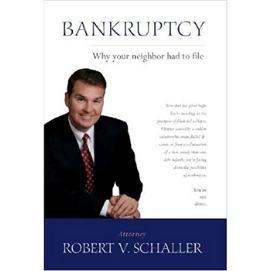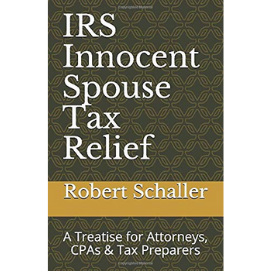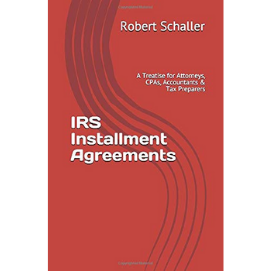Description
DIY Guide to Offer in Compromise & The Fresh Start Initiative offers taxpayers an all-encompassing presentation of the IRS program that relieves taxpayers from crushing IRS back-taxes. This is a must-have book for any taxpayer challenging the IRS without the help of a tax lawyer. Written by a tax attorney, this book makes the process as easy as possible, including a line-by-line analysis of IRS Form 656, Offer in Compromise and Form 433-A (OIC), Collection Information Statement for Wage Earners and Self-Employed Individuals.
For a fuller understanding, this book also offers a deep dive into the U.S. Tax Code, Treasury regulations, court opinions, the Internal Revenue Manual, and IRS Revenue Procedures that comprise the IRS’ Offer in Compromise program, which is also known as The Fresh Start Initiative. Why pay a tax professional up to $10,000 when you can do it yourself after reading this book? Congress authorized relief from back-taxes; you just have to learn how to take advantage of this IRS program. Now you can learn the IRS secrets the tax professionals already know. Don’t risk the IRS rejecting your offer because you failed to read this book.DIY Guide to Offer in Compromise & The Fresh Start Initiative begins with an overview of the U.S. Tax Code, Treasury Regulations, court rulings, Internal Revenue Manual, and IRS Revenue Procedures. Next, the IRS collection apparatus is explained, including bank levies, wage garnishments, and federal tax liens. Chapter 4 discusses the IRS’ authority, motivation, and basis to eliminate back-taxes, including doubt as to collectability offers, effective tax administration offers, and doubt as to liability offers. This book is focused on doubt as to collectability offers only. An overview of the Offer in Compromise (OIC) process is provided in Chapter 5. Chapter 6 considers the seminal question: who should submit the OIC application? Payment issues associated with an OIC application are considered in Chapter 7.
Chapter 8 analyzes the key issue of whether the OIC application is “processable” and qualifies for further review. Chapters 9 thru 12 address the calculation of the minimum amount that a taxpayer must offer to eliminate all back-taxes. Chapter 9 presents the secret formula for calculating the lowest offer amount acceptable to the IRS, including a discussion of the “reasonable collection potential” or RCP. Chapter 10 explains the asset valuation component of the formula. The income and expense components of the formula are discussed in Chapters 11 and 12 respectively. Chapter 13 provides a line-by-line analysis of the essential document – IRS Form 656, Offer in Compromise. Chapters 14 and 15 provide a line-by-line analysis of IRS Forms 433-A & B (OIC), Collection Information Statements. Chapter 16 considers the need for a “collateral agreement.” Chapter 17 explains a taxpayer’s obligations during the IRS investigation of an Offer in Compromise. “Terminating” a pending offer is considered in Chapter 18. “Withdrawing” a pending application is reviewed in Chapter 19. Chapter 20 analyzes the IRS’ decision whether to “return” an offer, including returning unprocessable applications and processable applications. Chapter 21 discusses the IRS analysis behind “rejecting” an OIC offer. The IRS’ decision process in “accepting” an OIC offer is explored in Chapter 22.
The taxpayer’s duties post-acceptance are reviewed in Chapter 23. Chapter 24 examines a taxpayer’s “default” of the accepted agreement’s terms. Chapter 25 explores a taxpayer’s right to receive tax refunds. Chapter 26 explains a taxpayer’s appellate right to review an IRS rejection. Chapters 27 thru 29 discuss an Offer in Compromise’s affect upon levies, garnishments, installment agreements, and trust fund and trust fund recovery penalties. Chapters 30 and 31 encompass a host of miscellaneous issues, including public disclosures, collection period extensions, and bankruptcy.







Tax Law (verified owner) –
This do-it-yourself guide to offer in compromise is a great stocking-stuffer for tax professionals to give to their clients. The guide offers insights into the OIC process and helps explain what the tax professional is doing at various stages of the engagement. A better-informed client makes a happier client. A better-informed client could lead to a more efficient client relationship with fewer phone calls, conferences, and misunderstandings. Make a habit of giving a copy to each client.